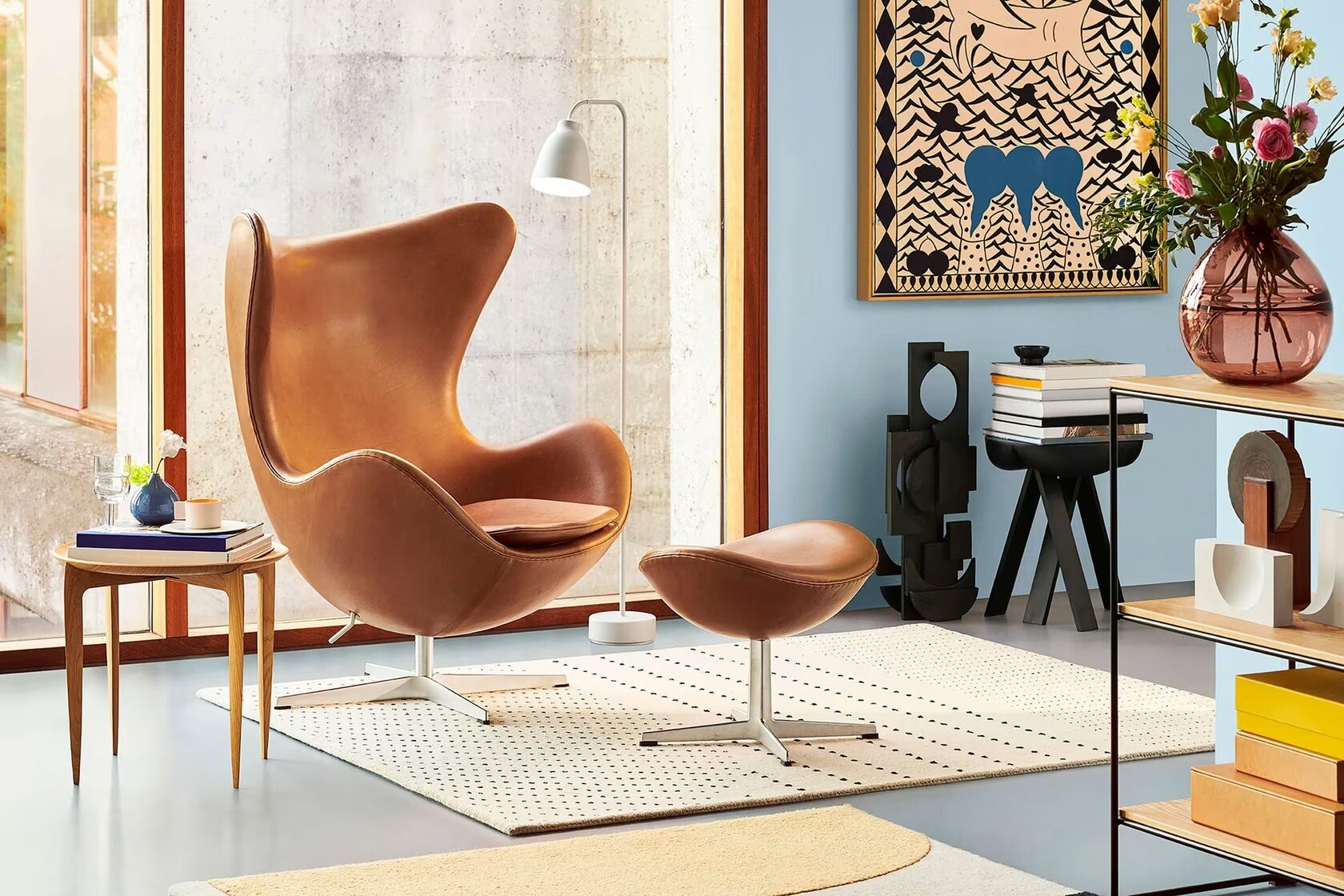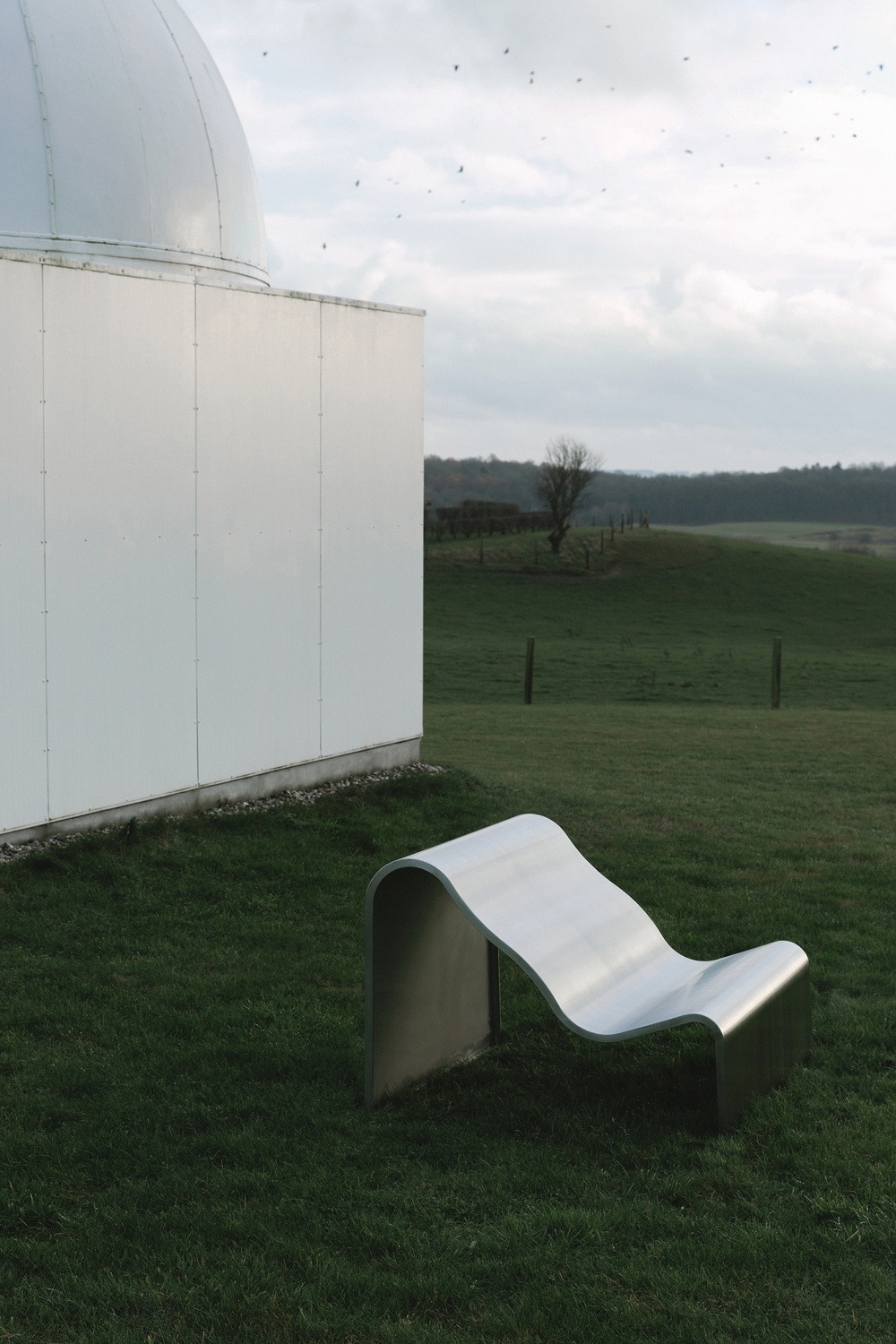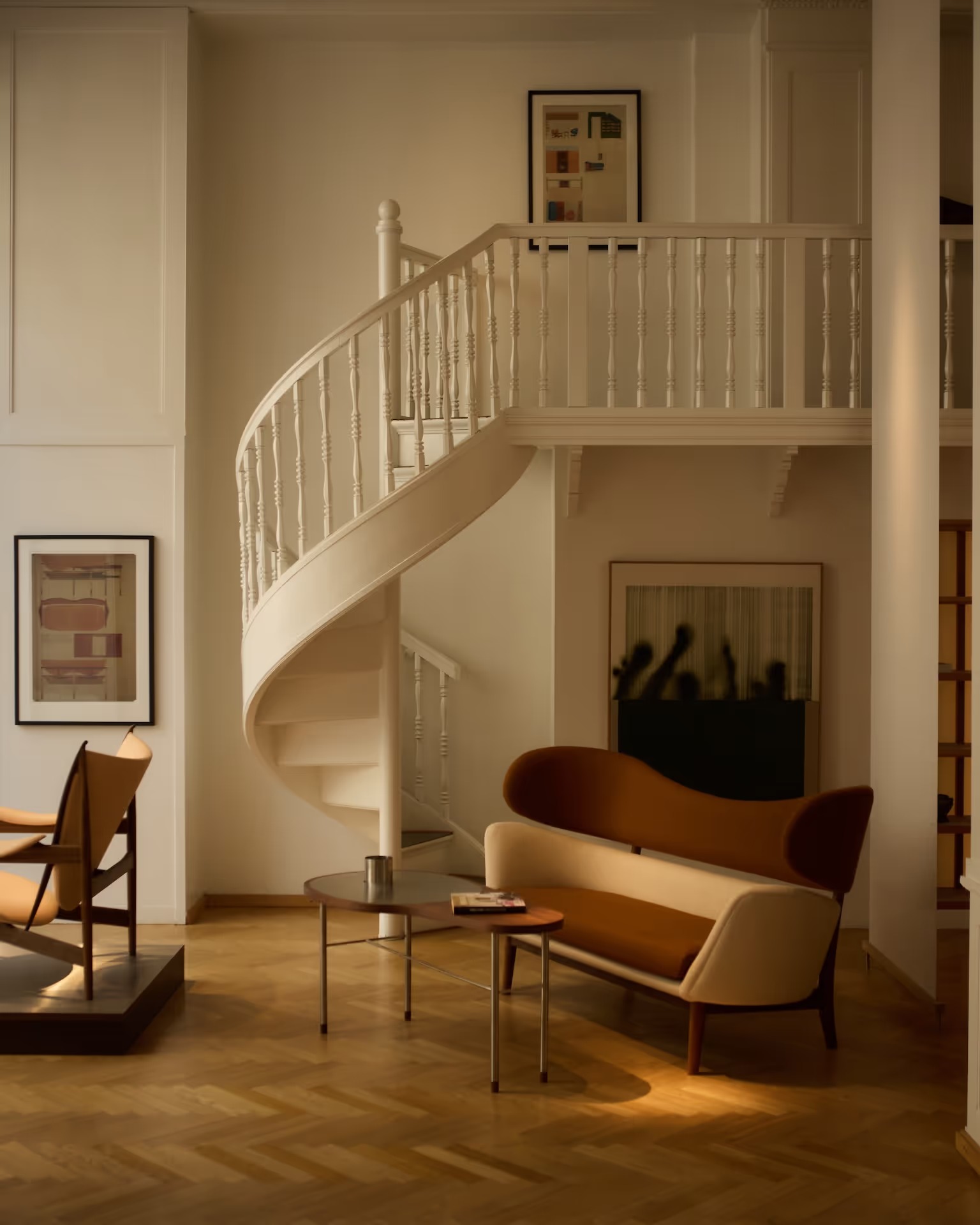In a sunlit warehouse on Paper Island, a table stood bare - no price tag, no signage, only a hand-written note: "This is for the mornings you feel like disappearing." It wasn't just furniture. It was philosophy made manifest.
The 2025 edition of 3daysofdesign transformed Copenhagen into a living laboratory of human experience, drawing 45,000 visitors across 600 exhibitions. The festival's mantra, KEEP IT REAL, represented more than marketing - it embodied a collective exhale from an industry finally admitting we've been performing sophistication rather than living it.
The Return of Intimacy
Walking through Copenhagen's eight design districts, one encountered a curious phenomenon: furniture no longer competed for attention through aggressive formal statements but instead whispered invitations to pause, to breathe, to remember what it means to inhabit space rather than merely occupy it.

Fritz Hansen demonstrated this shift viscerally - watching craftspeople hand-stitch 1,100 stitches per Egg™ chair felt revolutionary in our digital age. The Danish manufacturer's royal garden dinners with Michael Anastassiades exemplified the festival's deeper ambition: creating archipelagos of calm in the stormy seas of modern life.
Design as Ritual

The most profound shift witnessed was the elevation of the mundane to the sacred. Nuura's poetry workshops about light, Stellar Works' matcha ceremonies, and Lise Vester's minimalist steel bench - which allows sitters to "lean back and look at the sky" - weren't mere product demonstrations but architectures of moments.

This represented furniture as ceremonial objects, designed not just for function but for the creation of small rituals in daily life. Each piece seemed to ask: What if our objects actively participated in our wellbeing?
The Quiet Revolution

While international brands arrived with customary flourishes, something unexpected occurred. Established manufacturers referenced their past successes, embracing "retro-analogue longing" for the shapes and colors of the 1960s and 1970s. The pressure to introduce annual novelties visibly receded. House of Finn Juhl exemplified this by borrowing vintage pieces directly from owners to demonstrate design longevity.
In a world intoxicated by novelty, Copenhagen's design community made a radical statement: perhaps the most innovative thing one can do is create objects that don't need replacing.
Emotional Materiality

The festival revealed an emerging vocabulary of emotional tactility. Copenhagen designer Boris Berlin's foam-free chair for +Halle used textile tension instead of traditional padding - honesty in materials becoming philosophy. The translucent textile revealed the chair's lightweight structure, embodying "design with good intention."

Similarly, 91-92's Pascal lampshade challenged preconceptions about 3D printing, creating "squishy" forms filled with imagined air pressure - objects that felt both digitally native and deeply human.
Cultural Metamorphosis
"Copenhagen symbolizes the multi-layered meaning behind 'Keep it real,'" reflected festival director Signe Byrdal Terenziani. "Our exhibitors all shared passion with a purpose - an amazing, collective expression of what design can achieve when people reimagine a better future together."
The festival's citywide, walkable format fostered spontaneous encounters between established icons and emerging voices. Districts like Nordhavn - transforming from industrial port to "five-minute city" - embodied the festival's philosophy of authentic community building.
The Silence Between
As Copenhagen returned to daily rhythms, something had shifted. The objects displayed weren't mere commodities but invitations to different ways of being. They asked: What if furniture helped us remember who we are? What if lighting taught us to see differently?
3daysofdesign 2025 demonstrated that design's future lies not in the spectacular but in the genuinely useful, not in the novel but in the timeless. Copenhagen whispered answers in the language of oak and wool, steel and stone - reminding us that sometimes the most revolutionary act is simply being real.
The festival's success signals design's evolution from aesthetic statement to emotional intelligence, from novelty-driven consumption to conscious curation of meaningful objects that enhance rather than dominate our lives.
Website: 3daysofdesign.dk
